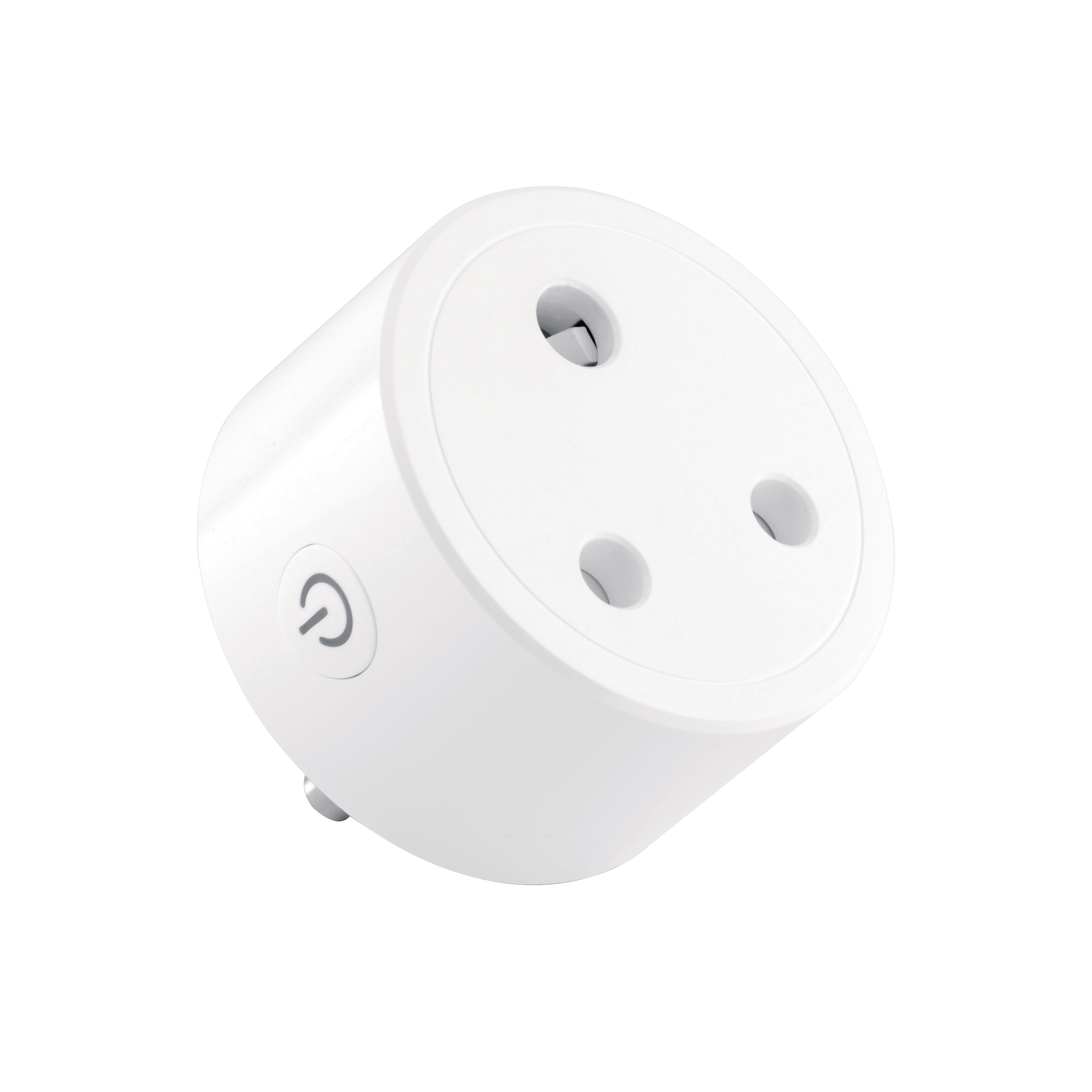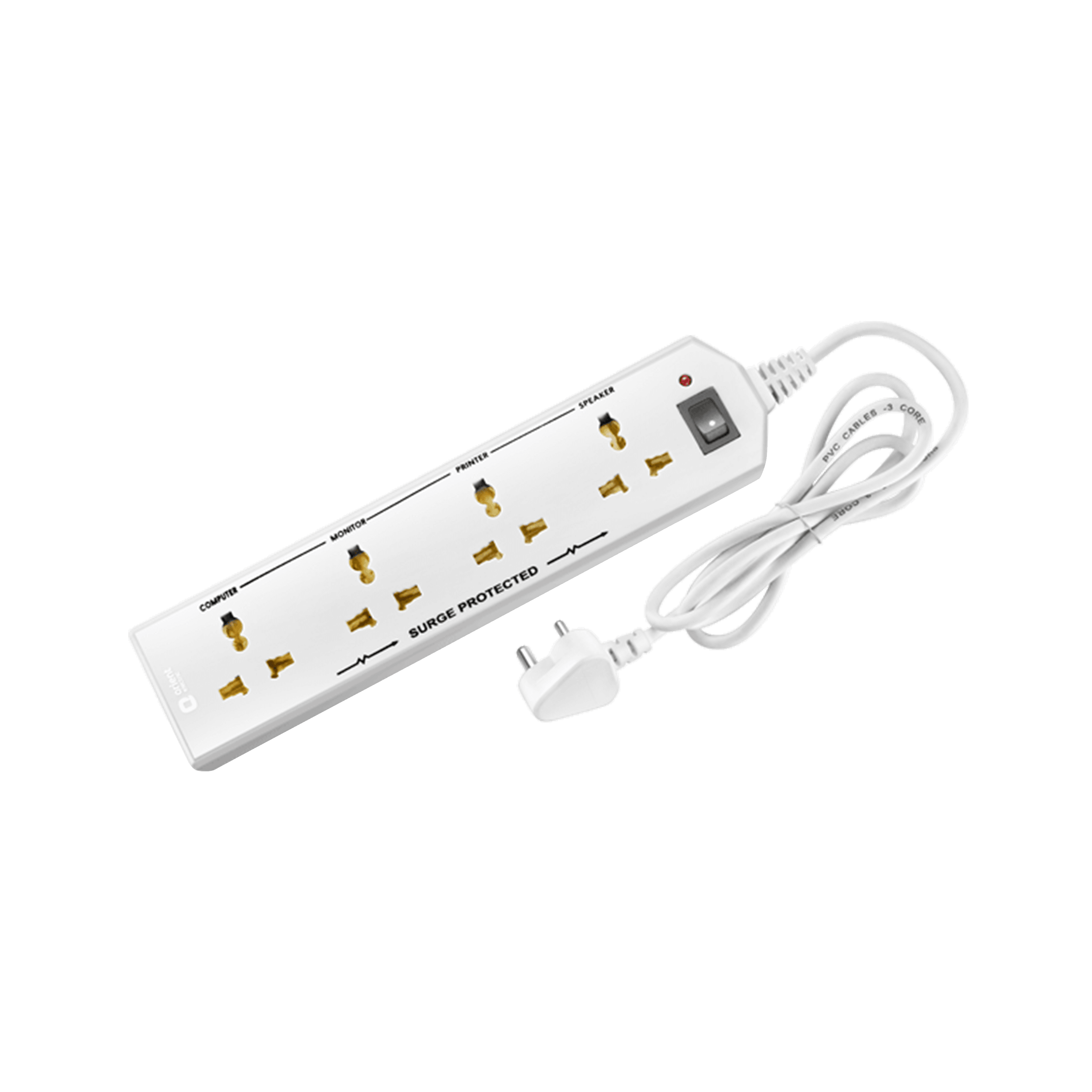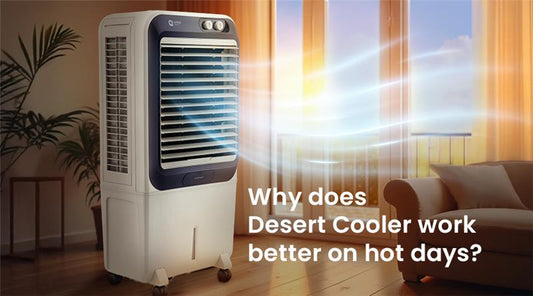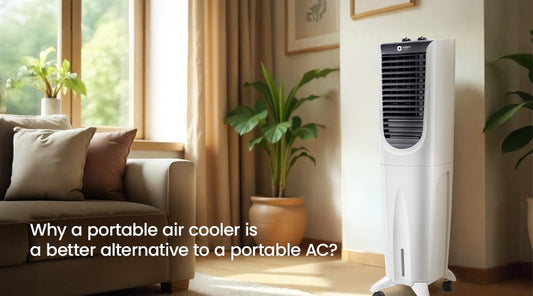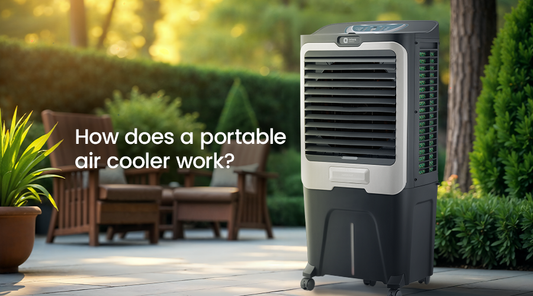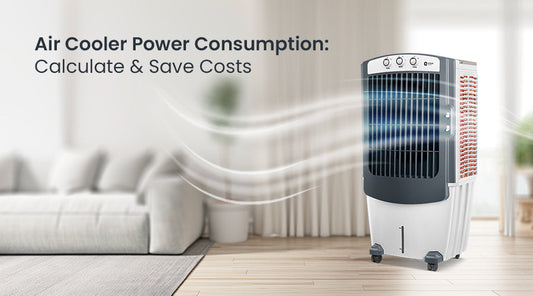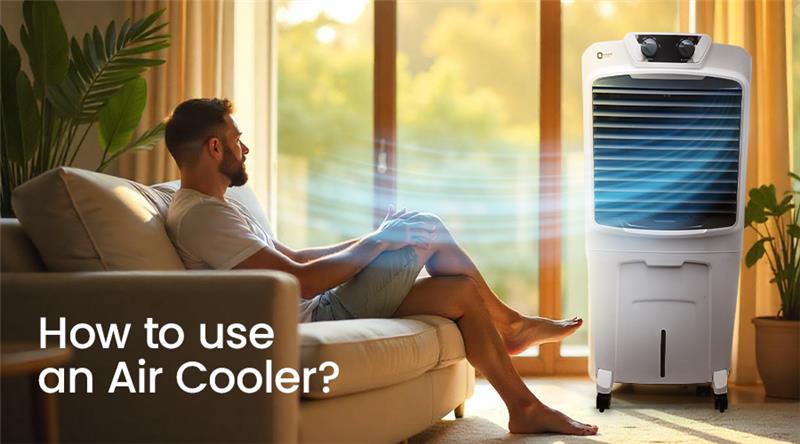
How to Use Air Cooler: The Ultimate Guide to Smarter & Cooler Living

As temperatures rise, air coolers have become a popular and energy-efficient alternative to traditional air conditioning systems. To help you maximize the benefits of your air cooler, we've compiled an in-depth guide covering essential aspects of its usage.
What is an Air Cooler?
An air cooler, also known as an evaporative cooler, is a device that cools air through the evaporation of water. Unlike air conditioners that use refrigerants, air coolers utilize the natural process of water evaporation to lower air temperature, making them more environmentally friendly and cost-effective.
How to Use an Air Cooler Effectively?
To ensure optimal performance from your air cooler:
-
Proper Placement: Position the air cooler near an open window or door. This setup allows the cooler to draw in fresh air, enhancing the evaporation process and ensuring a continuous flow of cool air into the room. citeturn0search12
-
Ensure Adequate Ventilation: Maintain cross-ventilation by opening windows or doors on opposite sides of the room. This practice prevents humidity buildup and facilitates the escape of warm air, improving cooling efficiency. citeturn0search6
-
Regular Maintenance: Clean the cooling pads, water tank, and filters periodically to prevent mold and mildew growth. Regular maintenance ensures efficient operation and prolongs the lifespan of the unit.
-
Use Cold Water: Filling the water tank with cold water can enhance the cooling effect. Some models come with dedicated ice compartments for an extra cooling boost. citeturn0search6
- Optimal Room Conditions: Air coolers perform best in hot, dry climates. In areas with high humidity, their effectiveness may diminish as the air's capacity to absorb additional moisture decreases.
Related: Tips To Keep Your Air Cooler Running Smoothly This Summer
How to Operate an Air Cooler?
Operating an air cooler is straightforward:
-
Fill the Water Tank: Ensure the tank is filled with clean water up to the recommended level.
-
Add Ice (Optional): If your model has an ice compartment, add ice to enhance cooling.
-
Power On the Unit: Plug in the cooler and turn it on.
-
Adjust Settings: Set the fan speed and cooling mode as desired.
-
Position for Optimal Airflow: Direct the louvers to circulate cool air evenly throughout the room.
How to Use an Air Cooler Without Water?
Using an air cooler without water essentially turns it into a high-powered fan. While it won’t provide the evaporative cooling effect it’s designed for, this mode can still be useful in certain situations—like during humid monsoons, when adding more moisture to the air can make the room feel stuffy, or in areas where water availability is limited.
In such cases, the cooler helps with air circulation and ventilation, especially when placed near open windows or doors.
To get the best out of an air cooler in dry mode, ensure the room is well-ventilated and combine it with simple cooling hacks like closing curtains, using ceiling fans, or placing frozen bottles in front of the airflow.
However, it’s important to note that not all models are built for prolonged use without water—extended dry use may strain the motor or fan. Always refer to your unit’s manual.
Some Orient Electric air coolers come with built-in safety features like thermal overload protection and auto water level sensors, ensuring a smarter and safer operation even in such cases.
How to Use an Air Cooler in a Closed Room?
Using an air cooler in a closed room is a common mistake many people make—unlike air conditioners, air coolers don’t recycle internal air, they rely on a continuous flow of fresh, dry air to work effectively. In a closed space, coolers can actually make the room feel more humid and uncomfortable. But if you have no choice but to use one in a closed environment, here’s how you can still make it work:
1. Create a Ventilation Strategy
Even in a closed room, find a way to ensure some form of air exchange:
● Keep a small window or door slightly open—even a few inches can allow humid air to escape.
● Use an exhaust fan to push moist air out of the room while the cooler pulls in drier air from another opening.
❝Without ventilation, the cooler will just circulate damp air, defeating its cooling purpose. ❞
2. Install the Cooler Near the Airflow Path
Place your air cooler near the open window or air inlet so it can draw in drier air. If that's not possible, you can even install a duct pipe or venting tube to connect the cooler to an outside source of fresh air.
3. Limit the Use of Curtains and Upholstery
Soft furnishings like curtains, carpets, and sofa covers tend to trap moisture, making the room feel mustier over time. Using minimal or lighter materials will help in reducing trapped humidity.
4. Use a Dehumidifier (If needed)
If you're in a coastal or naturally humid region, pairing your air cooler with a portable dehumidifier can help control the moisture levels in the room.
5. Run the Fan-Only Mode Occasionally
Most modern air coolers allow you to run the fan without water. Use this feature occasionally to circulate and refresh the indoor air, especially if the room starts feeling too damp.
How to Use an Air Cooler with Ice?
Using ice in an air cooler can significantly enhance the cooling performance—but only when done right. Here's how to make the most of this feature and what many people get wrong:
1. Know When Ice Actually Helps
Ice is most effective when the ambient temperature is very high, and humidity is low—like in dry summer heat. This is because cooler water reduces the temperature of the air being circulated, but if the climate is humid, the evaporation process (which drives the cooling) is already less effective, and ice won’t make much of a difference.
2. Use the Ice Chamber, Not the Water Tank (if available)
Many modern air coolers come with a dedicated ice chamber. Pour ice here instead of directly into the water tank. This ensures the cooling pads get chilled air without creating an imbalance in the water level or flow. If your cooler doesn’t have a chamber, make sure the ice is in a sealed pack to avoid over-dilution and mess.
3. Don’t Overdo It
Too much ice can actually slow down the evaporation process. Why? Because evaporation requires warm air. If the water gets too cold, it won’t evaporate efficiently, and your cooler ends up working less effectively. Use moderate amounts of ice and mix with water.
4. Use Crushed Ice for Quicker Impact
Crushed or smaller ice cubes melt faster, rapidly bringing down the water temperature and giving you that instant cool blast. This is especially useful when you’ve just turned on the cooler and want quick relief.
5. Pre-chill Water + Ice Combo
Another hack is to pre-chill the water before adding it to the cooler, along with a small quantity of ice. This keeps the water cold for longer and enhances the cooling duration.
6. Time It Smartly
Use the ice method during peak daytime heat hours (12 pm to 4 pm). At night, ambient temperatures drop and natural evaporation is usually sufficient ice may not make a huge difference then.
To amplify the cooling effect, many users prefer adding ice to their air coolers—but not all coolers are designed to support this efficiently. Orient Electric’s air coolers come equipped with a dedicated ice chamber, allowing you to simply add ice cubes without interfering with the water tank.
This feature accelerates the cooling process, especially during peak summer afternoons, delivering an instant burst of chilled air.
Paired with the 3-side DenseNest® honeycomb pads, Orient air coolers ensure faster, more consistent cooling—making them an ideal choice for Indian summers.
What are the Air Cooler Advantages and Disadvantages?
Advantages:
● Energy Efficiency: Air coolers consume significantly less electricity compared to air conditioners, leading to lower energy bills. citeturn0search15
● Eco-Friendly: They use water as a cooling medium, avoiding harmful refrigerants and reducing environmental impact.
● Cost-Effective: Lower initial investment and maintenance costs make them an economical cooling solution.
Disadvantages:
● Limited Effectiveness in Humid Climates: High humidity reduces the efficiency of air coolers, making them less effective in such environments. citeturn0search15
● Regular Maintenance Required: Frequent cleaning of components is necessary to prevent mold and ensure optimal performance.
● Water Dependency: Continuous operation requires a consistent water supply, which may be a limitation in areas with water scarcity.
By understanding and implementing these guidelines, you can maximize the efficiency and lifespan of your air cooler, ensuring a comfortable indoor environment during warmer months.
To help our buyers make an informed and confident choice, we’ve also created a dedicated Air Cooler Buying Guide. Whether you're choosing between personal and desert coolers or trying to understand features like honeycomb pads, air delivery, and tank capacity—it’s a one-stop resource to simplify your decision-making process and ensure you pick the cooler that perfectly suits your needs.
At Orient Electric, we offer a diverse range of air coolers designed to meet various cooling needs. Explore our collection to find the perfect solution for your home.
